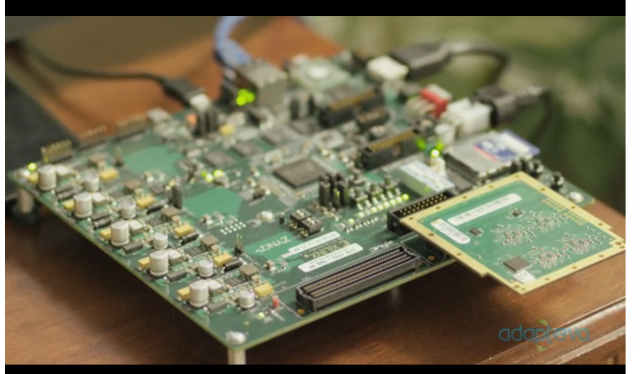IU’s petaflop supercomputer is the first to be a “dedicated university resource”
On Friday, Indiana University debuted what school officials called the first petaflop supercomputer to be a dedicated university resource. Keeping in line with Hoosier pride (and their previous supercomputer), the new academic resource is called Big Red II.
“It’s important that this is a university-owned resource,” said the director of science for Argonne Leadership Computing Facility, Paul Messina, according to a Network World piece on the dedication. “Here you have the opportunity to have your own faculty, staff, and students get access with very little difficulty to this wonderful resource.”
Big Red II is a Cray-built machine with a max performance ceiling of one petaflop. For a frame of reference, IBM’s Roadrunner supercomputer became the first to reach petaflop performance in 2008 and remained the fastest in the world until the end of 2009. It was recently taken offline and set to be dismantled despite still being among the Top 25 fastest supercomputers in the world. The world’s fastest supercomputer as of November 2012—Titan at the Oak Ridge National Laboratories—can hit a speed of 17.6 petaflops. A petaflop is one quadrillion floating point operations per second, or a million billion.
Read 3 remaining paragraphs | Comments

